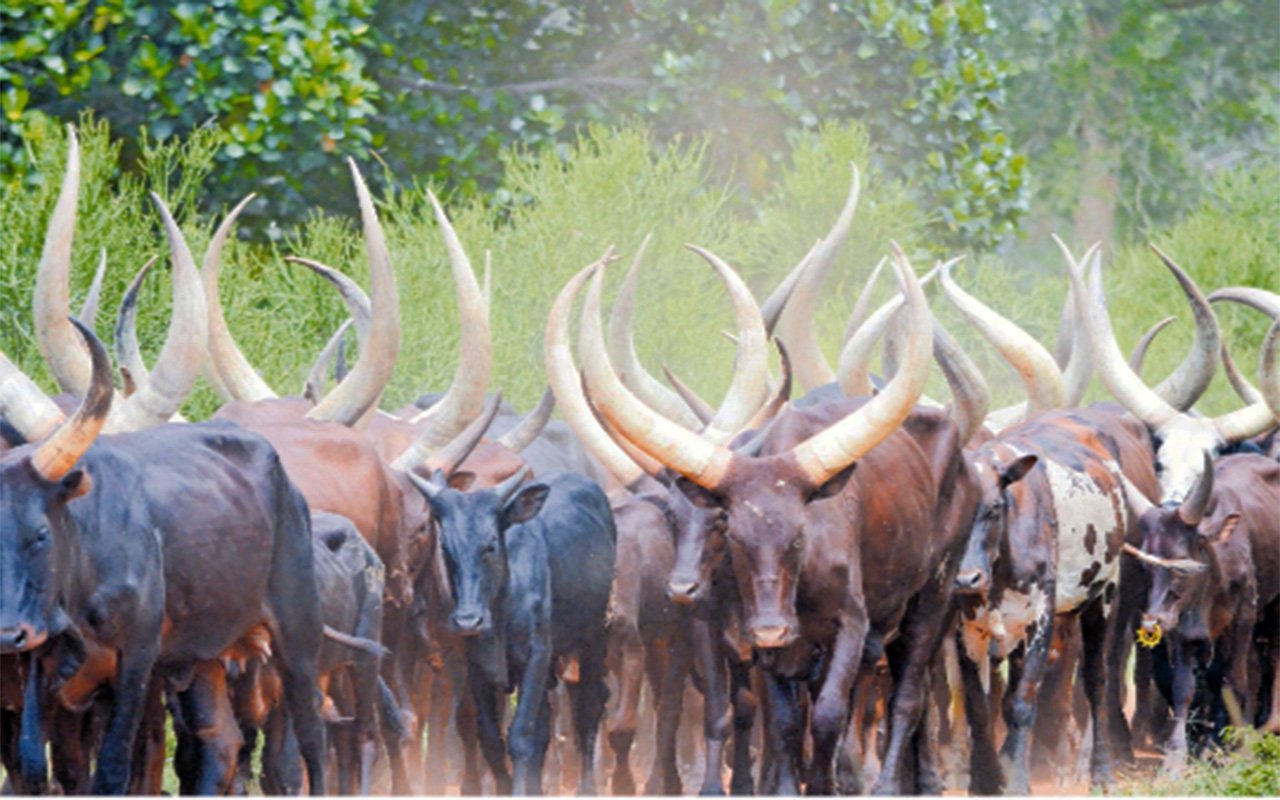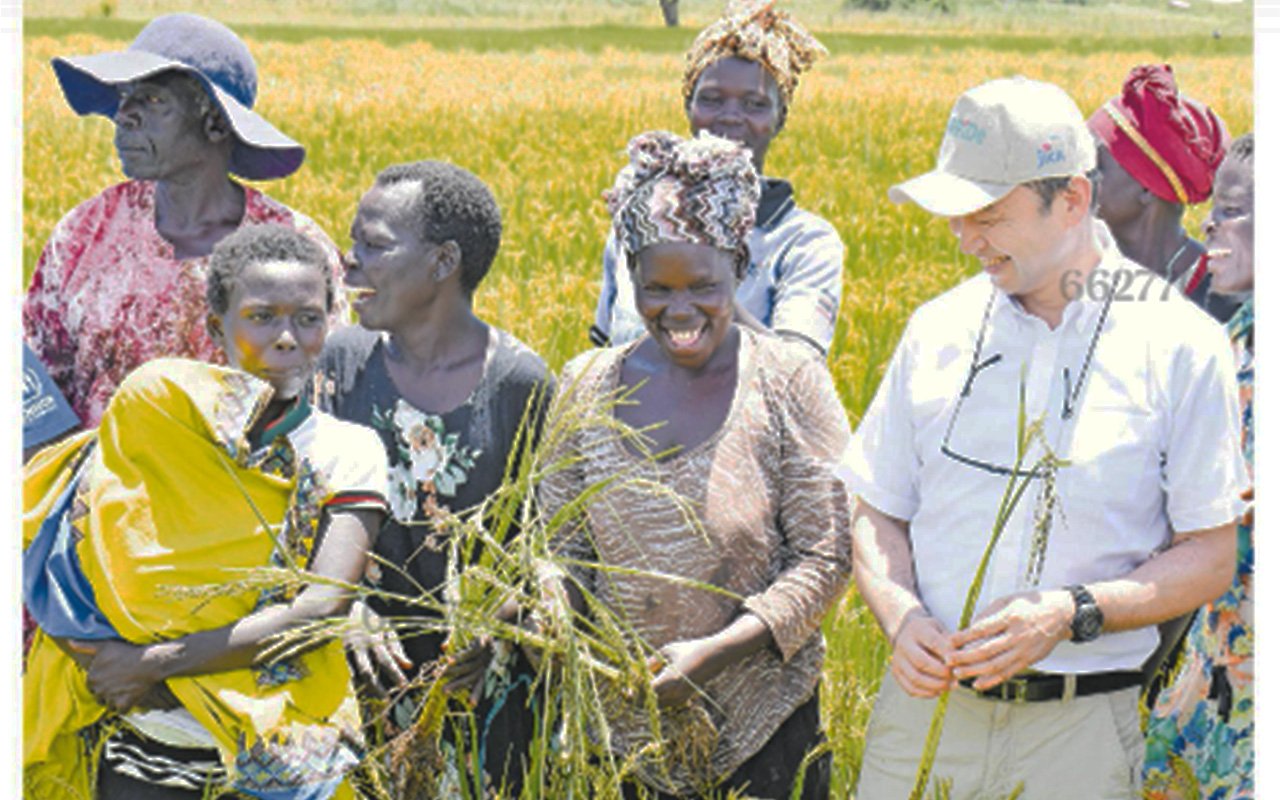
Writer: Michael J. Ssali. PHOTO/FILE
Due to climate change challenges that are beginning to take a toll on agriculture, there is an obvious need to apply more effort to finding ways around the challenges in order for the sector to remain productive.
One approach is the application of science and technology in farming which is why we have organisations and institutions for carrying out agricultural research and to address the problems facing farming such as parasites, pests, diseases, and climate change among others.
The Daily Monitor of August 24 2018 reported that a big percentage of farmers in the traditional cotton growing districts such as Serere had shifted to groundnut and sorghum which are cheaper to produce thus reducing the production of cotton that used to be a major foreign exchange earner.
Nowadays the crop is attacked by the bollworm pest and farmers must spend more on pesticides to combat it and end up with reduced revenue from the crop. According to the Economic Policy Research Centre (EPRC) 40 percent of production revenue goes to buying pesticides compared to 11-24 percent for crops such as cassava, groundnuts, rice, sesame, and sugarcane.
Other countries across the world including Kenya, next door, have switched to growing GMO cotton and have boosted their textile and apparel industries as well as the livelihoods of their people while in Uganda we are still holding on to conventional cotton production and earning less money.
An official of the cotton research department at Serere Research Institute has once told this newspaper, “our research findings have proved that GMO cotton is cheaper to grow, it has higher yields, and it does not affect other crops or the environment.”
Just recently, on July 22, 2024, a delegation of ministerial departments within the Kenyan government converged at a GMO cotton farm in Kirinyaga, Central Kenya, to see the positive impact the GMO cotton has made on the farmers’ livelihoods and the remarkable evolution of cotton farming through the application of biotechnology.
It has offered a solution to the bollworm infestations that once devastated the crop resulting in significantly higher yields and reduced pesticide usage.






